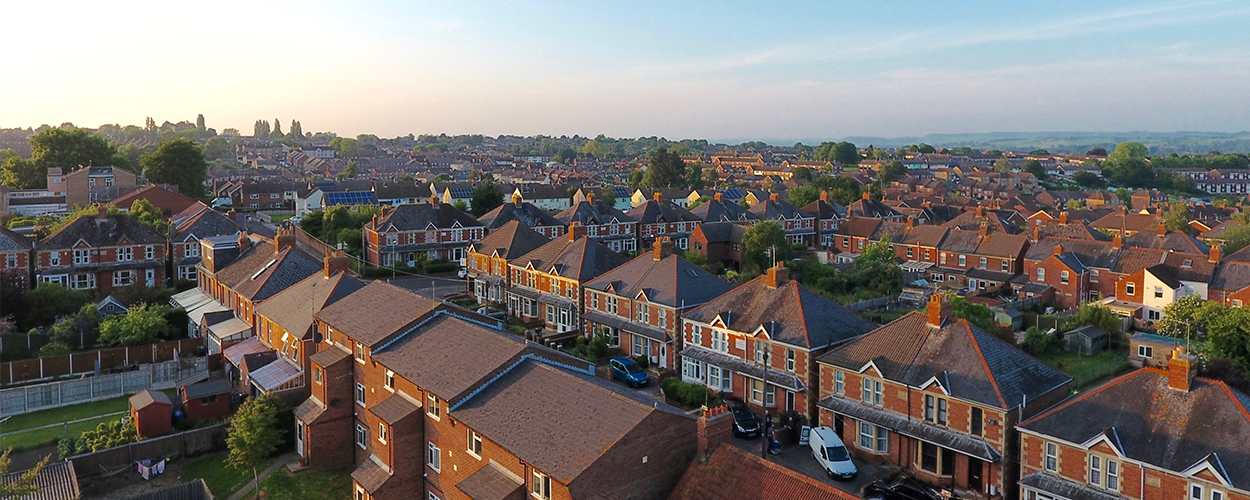The growing appetite for the Unique Property Reference Number (UPRN)
In 2020, the Geospatial Commission launched its five-year strategy ‘unlocking the power of location’, setting out a coordinated approach to unlock economic, social and environmental value from geospatial data. As a result, the Unique Property Reference Number (UPRN) was made openly available, royalty-free for use on Open Government Licence (OGL) terms, and evidence shows it is accessed widely.
In this blog, we answer some questions about UPRNs and how they can drive efficiency and accuracy in location data.
How can you access your UPRN?
In response to the Geospatial Commission’s strategy, the central address hub GeoPlace developed a rapid address search site, FindMyAddress, so anyone can find their UPRN. Powered by Idox’s cutting-edge address search solution (Aligned Assets platform), it draws upon the most definitive set of addresses available, the OS AddressBase Premium dataset. The result is fast and accurate address searching.
Since its launch in July 2020, it has been used for over 2.5 million address searches that take place 24 hours a day by members of the public, with one search conducted every 15 seconds. This demonstrates an appetite for accurate address data complete with UPRN, with its location shown precisely on a map.
Why would a member of the public need their UPRN?
The UPRN is the key identifier that pulls all historic and alternate addresses together for a single address. Allocated by the local authorities, it underpins the accuracy of every location in Great Britain. Increasingly, more and more service providers, such as conveyancers and utilities, require the UPRN to verify your address. Additionally, the Open Standards Board, via Government Digital Service, mandated that from 1st July 2020, the UPRN is the public sector standard for referencing and sharing property information. This means there will be increased usage and visibility of the UPRN across government departments.
How can you share your UPRN?
Since FindMyAddress launched, new features have been introduced to provide more extensive use for the public. As the requirement to provide the UPRN has increased, the site now enables users to copy the URL of the property they searched so they can share it with a range of different parties, such as local authorities, conveyancers or each other for navigation. This ensures absolute accuracy when referring to the property.
How can you identify a property’s local authority with FindMyAddress?
The site can also be used to quickly identify the council responsible for providing local services to that property by simply clicking on the local authority tab. This makes it much easier for users to know who to report service delivery issues to, such as missed bins or fly-tipping.
What about the commercial use of UPRNs?
The FindMyAddress site is purely for non-commercial use. Any business or public sector organisation requiring a fast, accurate and resilient address lookup can use the same cutting-edge technology as FindMyAddress, through Idox’s address search solution. Idox’s sub-second, predictive search solution can be consumed as web services or with a user interface.
The use of UPRNs is driving efficiencies across much of the public sector. As a result, more private sector industries are recognising the benefits of utilising UPRNs, with some mandating their use, such as the Market Operator Services Ltd. (MOSL) mandating it for the commercial water industry.
Idox’s address data solutions offer a range of address data capabilities, including matching, maintaining, sharing and searching. If you’d like to learn more, get in touch with our expert team.






